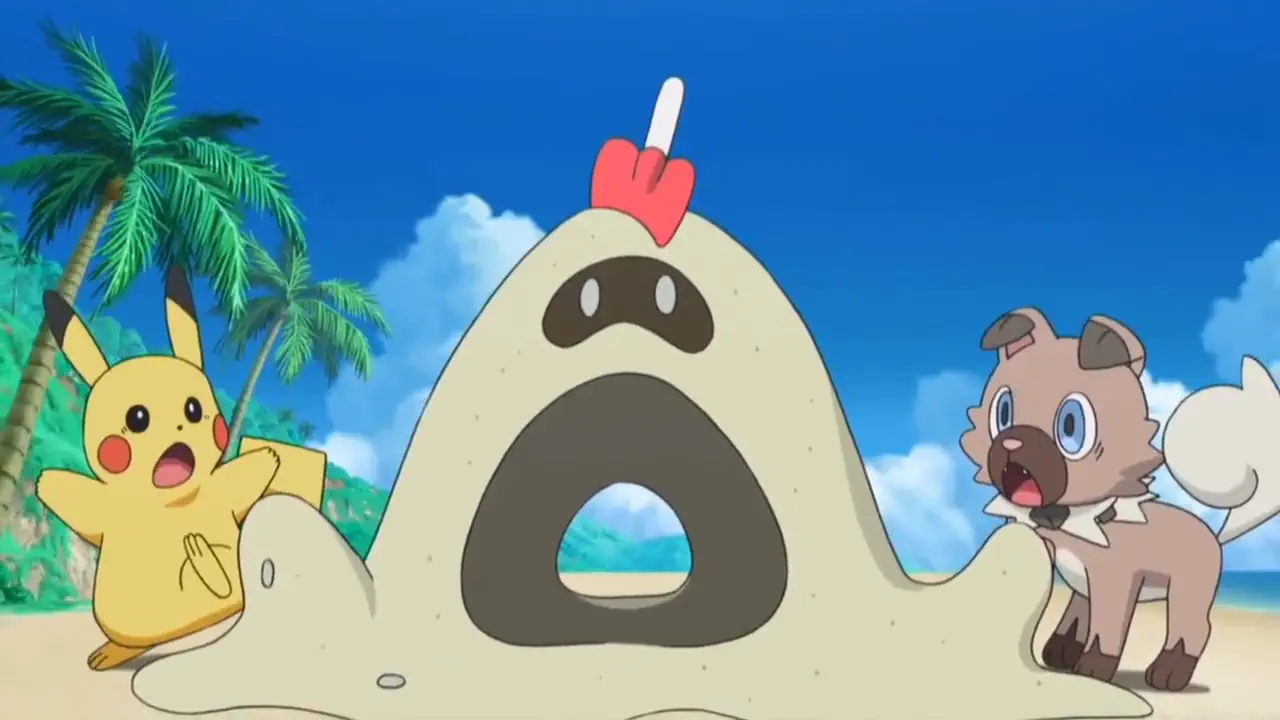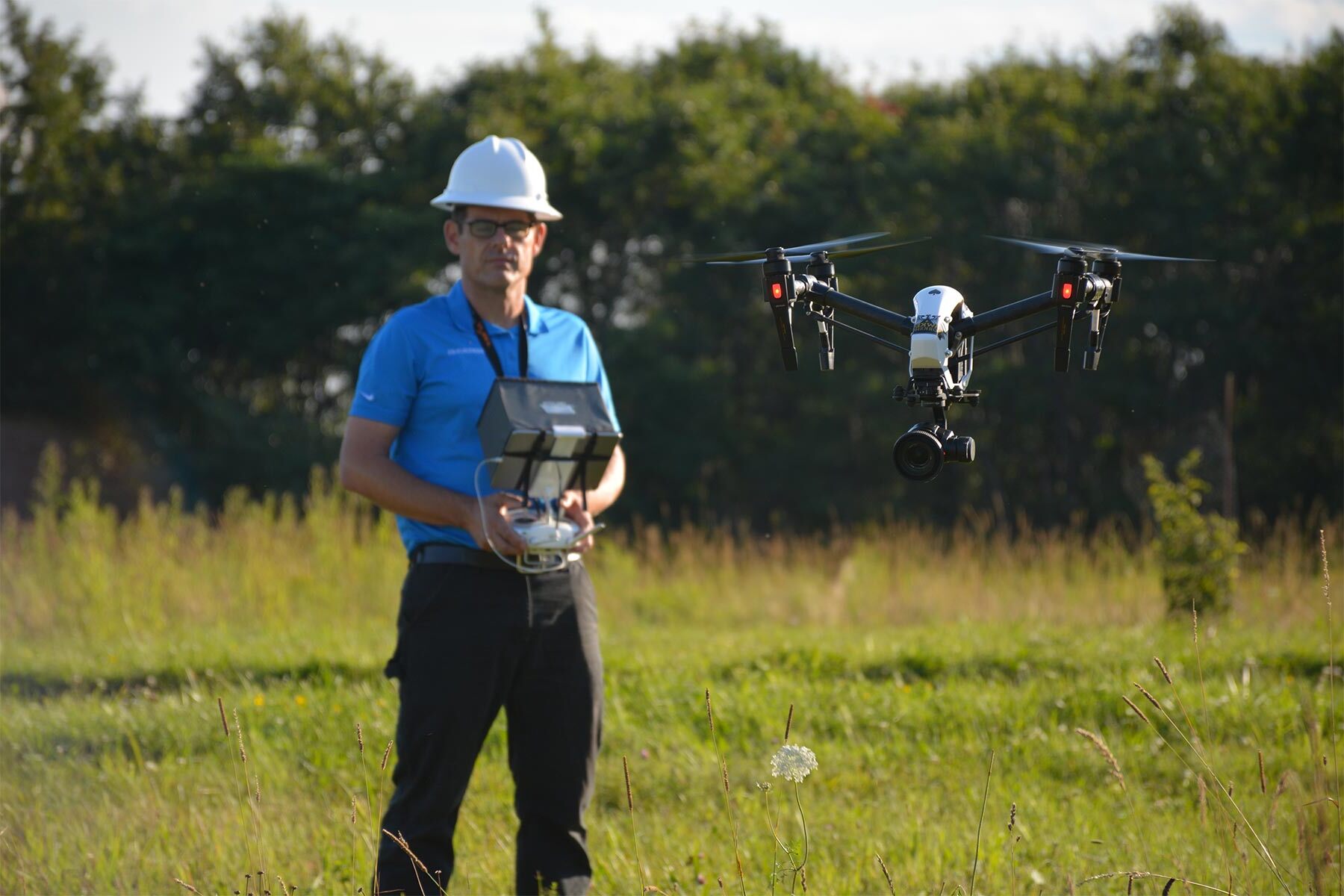
Get ready to dig up some sandy secrets as we dive into the world of Sandygast, one of the fascinating Pokemon species that have captured the hearts of trainers across the globe. Sandygast is a Ghost/Ground type Pokemon that made its debut in the Alola region, and its unique design and abilities have made it a fan favorite. In this article, we will uncover 13 intriguing facts about Sandygast that will surprise even the most dedicated Pokemon enthusiasts. From its origins and evolution to its strengths and weaknesses, we will explore all there is to know about this eerie but adorable sandcastle Pokemon. So grab your shovels and let’s dig into the world of Sandygast!
Key Takeaways:
- Sandygast is a mischievous Ghost/Ground-type Pokémon that lures prey into sandcastle traps. It evolves into Palossand and can be found in sandy habitats, but watch out for its water weakness!
- Sandygast’s unique abilities include trapping opponents in sand, feeding on life force, and causing eerie occurrences when in large numbers. Its sandcastle body can be destroyed by water, so be cautious!
Sandygast is a Ghost/Ground-type Pokémon.
Sandygast is known for its unique dual typing, making it one of the few Pokémon with this combination. Its Ghost-type characteristics give it supernatural abilities, while its Ground-type attributes allow it to manipulate sand and create sandcastles.
Sandygast evolves into Palossand.
When Sandygast reaches level 42, it evolves into Palossand, a larger and more formidable Pokémon. Palossand retains its Ghost/Ground typing and gains increased power and defensive capabilities.
Sandygast possesses a shovel-like appendage.
Sandygast’s shovel-like appendage on its head is actually the Pokémon itself. It uses this shovel to hide from predators and to scoop up unsuspecting prey. The shovel also helps Sandygast shape and mold sand into its signature sandcastle form.
Sandygast’s sandcastle forms resemble real architectural structures.
Sandygast’s sandcastle forms are inspired by various architectural structures from around the world. They can resemble castles, towers, or even famous landmarks. The Pokémon takes pride in creating intricate sandcastles, showcasing its creative side.
Sandygast can trap its opponents using the sand on its body.
Sandygast has the ability to trap unsuspecting Pokémon or humans by engulfing them inside the sand on its body. It uses this tactic to protect itself or to catch its prey off-guard. Its sandy exterior provides a deceptive camouflage, making it difficult for enemies to detect its presence.
Sandygast feeds on the life force of people and Pokémon.
Legend has it that Sandygast sucks the life force out of anyone who mistakenly touches it, draining their energy and leaving behind only a drained and lifeless husk. It uses this life force to nourish itself and to further strengthen its ghostly powers.
Sandygast prefers to reside in areas with sandy soil.
Sandygast can typically be found in coastal areas or deserts where the soil is predominantly sandy. It enjoys the soft texture of the sand and feels most comfortable in these environments.
Sandygast’s presence can cause strange occurrences.
It is said that when Sandygast congregates in large numbers, it creates an eerie atmosphere and unusual phenomena. Shadows may twist and warp, and whispers can be heard in the wind. These occurrences are believed to be a result of the collective ghostly energy that emanates from the group.
Sandygast’s sandcastle body can be destroyed by water.
Despite its formidable appearance, Sandygast’s sandcastle body is vulnerable to water. Exposing it to large amounts of water causes its structure to melt and crumble, leaving Sandygast defenseless against attacks.
Sandygast has an ability called “Water Compaction.”
Water Compaction is Sandygast’s unique ability, which allows its defense stat to sharply rise whenever it is hit by a Water-type move. This ability enables Sandygast to withstand Water-type attacks more effectively and become sturdier in battle.
Sandygast can learn various moves that manipulate sand.
Sandygast has access to several moves that revolve around manipulating sand. These include Sand Attack, Sand Tomb, and Shore Up. These sand-based moves allow Sandygast to blind and immobilize foes or restore its own health by absorbing sand.
Sandygast is known to have a mischievous personality.
Sandygast may appear to be a quiet and unassuming Pokémon, but it can be mischievous and playful, especially towards those who underestimate its power. It enjoys luring unsuspecting travelers into its sandcastle traps and revels in their surprise and confusion.
Sandygast can be encountered in specific Pokémon habitats.
If you’re eager to encounter a Sandygast in the wild, head to areas with sandy soil, such as beaches, sand dunes, or desert regions. These are the primary habitats where Sandygast can be found, allowing you to add this unique Ghost/Ground-type Pokémon to your collection.
Conclusion
Sandygast is a fascinating and unique Pokémon with its sandy body and ghostly properties. With its intriguing origins and abilities, Sandygast has become a popular choice among trainers. Whether you’re a fan of its design or drawn to its powerful moveset, Sandygast offers a delightful blend of charm and strength. So, don’t hesitate to include this sandy ghost in your team and uncover all the mysteries hidden within!
FAQs
Q: How does Sandygast evolve?
A: Sandygast evolves into Palossand when it reaches level 42. This evolution results in a larger, more menacing sandcastle Pokémon.
Q: What is Sandygast’s unique ability?
A: Sandygast possesses the ability “Water Compaction,” which raises its defense by two stages when hit with a Water-type move, making it even sturdier in battle.
Q: Can Sandygast survive outside of sandy areas?
A: Sandygast can live and thrive in various environments, including deserts, beaches, and even man-made sandboxes. However, it’s always most at home when surrounded by plentiful sand.
Q: What TM and TR moves can Sandygast learn?
A: Sandygast can learn a variety of TM and TR moves, including Earthquake, Shadow Ball, Psychic, Protect, and Giga Drain, among others. These moves enhance its versatility and effectiveness in battles.
Q: Are there any known weaknesses or vulnerabilities for Sandygast?
A: As a Ghost/Ground-type Pokémon, Sandygast is weak against Water, Grass, Ice, Ghost, and Dark-type moves. Trainers should be cautious and strategize accordingly when facing Pokémon with these moves.
Sandygast's fascinating abilities and unique characteristics make this Ghost/Ground-type Pokémon a captivating subject. Discover more intriguing Pokemon facts, uncover the mysteries surrounding Sandygast's evolved form, Palossand, and explore the world of Ground-type creatures like Marshtomp. Each article offers a wealth of information that will deepen your appreciation for these remarkable Pokémon and their incredible abilities.
Was this page helpful?
Our commitment to delivering trustworthy and engaging content is at the heart of what we do. Each fact on our site is contributed by real users like you, bringing a wealth of diverse insights and information. To ensure the highest standards of accuracy and reliability, our dedicated editors meticulously review each submission. This process guarantees that the facts we share are not only fascinating but also credible. Trust in our commitment to quality and authenticity as you explore and learn with us.


